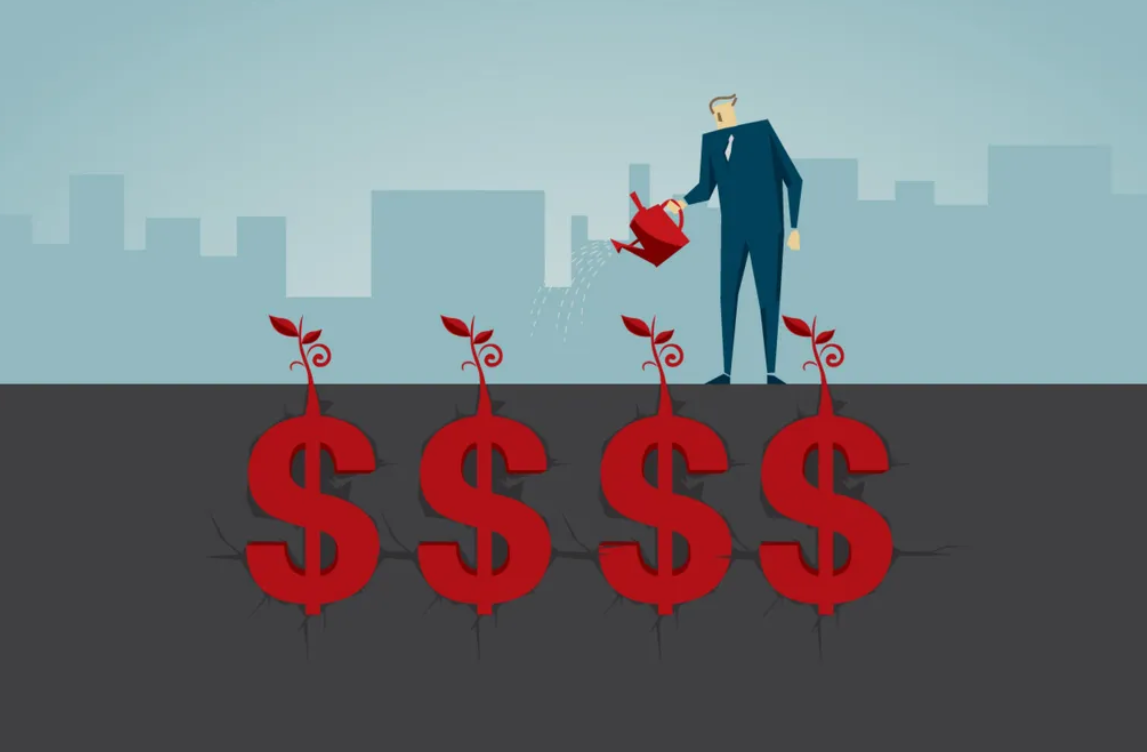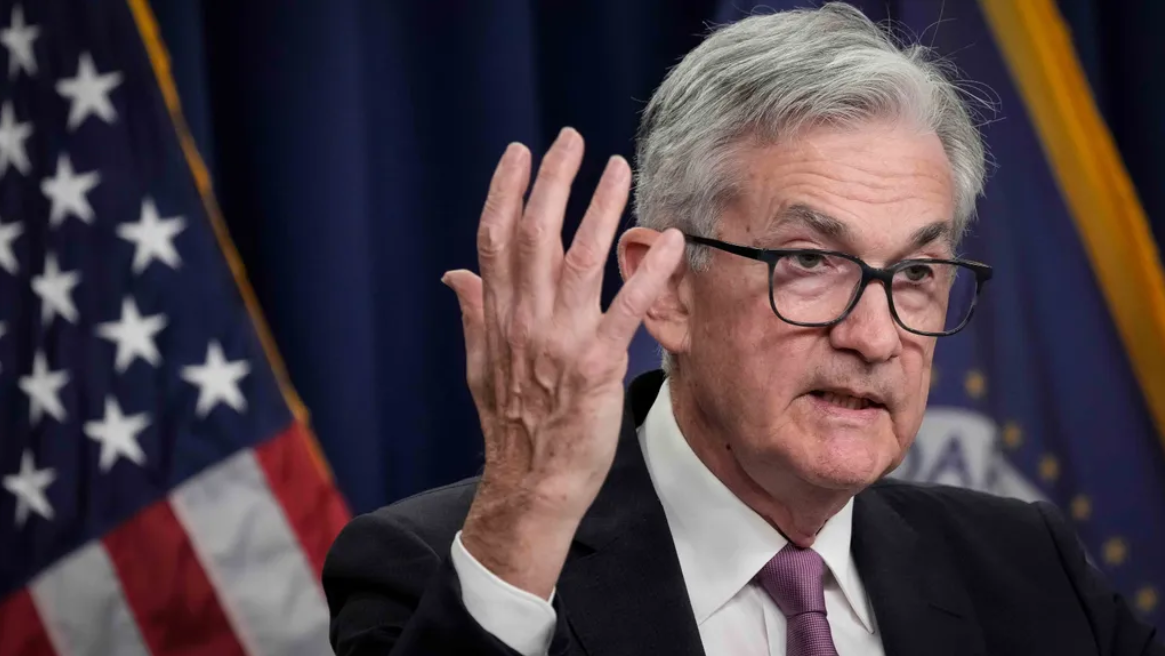Reading the Economic Tea Leaves
Economic growth, often measured by the Gross Domestic Product (GDP), is like the tide that shapes the shores of our financial landscape. As we dive into Kiplinger’s latest GDP outlook, we explore the nuanced dynamics of an economy in flux.
- The GDP: A Barometer of Economic Health
The GDP is a primary indicator of a nation’s economic health. It reflects the total value of all goods and services produced within a country over a specified period. For economists, it’s a compass guiding their forecasts.
- Recession Odds on the Decline
One of the key insights from Kiplinger’s analysis is the receding likelihood of a recession. Factors such as robust consumer spending, improved business investments, and a strong labor market all point to economic resilience.
- The Specter of a Slowdown
However, the shadows of a slowdown loom. Economists predict GDP growth to ease from its current trajectory, a consequence of various factors, including moderating job gains and waning fiscal stimulus.
- Inflation’s Impact on the Economy
Inflation remains a wildcard. Kiplinger’s GDP outlook notes that inflation, although anticipated to recede, continues to pose a risk to economic stability. How the Federal Reserve manages interest rates will play a crucial role in curbing inflation.
- Supply Chain Disruptions
Global supply chain disruptions are an ongoing challenge, affecting industries worldwide. Navigating these disruptions, while maintaining economic growth, requires adaptive strategies and investments in resilience.
- The Labor Market Dilemma
Employment is a linchpin in GDP growth. Job shortages and shifts in labor force participation can alter the economic equation. Addressing labor market challenges will be pivotal in managing economic trends.
- The Role of Government Policies
Government policies, particularly in response to the ongoing pandemic, have played a substantial role in shaping the economic landscape. Decisions regarding stimulus packages, infrastructure spending, and healthcare measures will continue to be influential.
- Global Economic Interplay
In today’s interconnected world, international events and economies have a domino effect on GDP. A trade dispute, a geopolitical development, or a natural disaster in one region can reverberate globally.
- Business Resilience and Adaptation
Businesses are being called upon to adapt to changing circumstances, seeking innovation, and fortifying supply chains. Their ability to respond to these evolving challenges can significantly impact the economy.
- Financial Preparedness in Uncertain Times
For individuals and investors, understanding these economic dynamics is paramount. In the face of shifting GDP trends, it’s essential to diversify portfolios, maintain liquidity, and have a long-term financial plan that can withstand economic ebbs and flows.
Navigating the Economic Currents
Kiplinger’s GDP outlook provides us with a glimpse of what lies ahead in our financial journey. Recession odds may be diminishing, but economic growth is a dance of ebb and flow. Understanding these patterns empowers us to chart a course through the uncertain waters of today’s global economy. As we adapt and invest wisely, we prepare ourselves for whatever economic tides may come.





